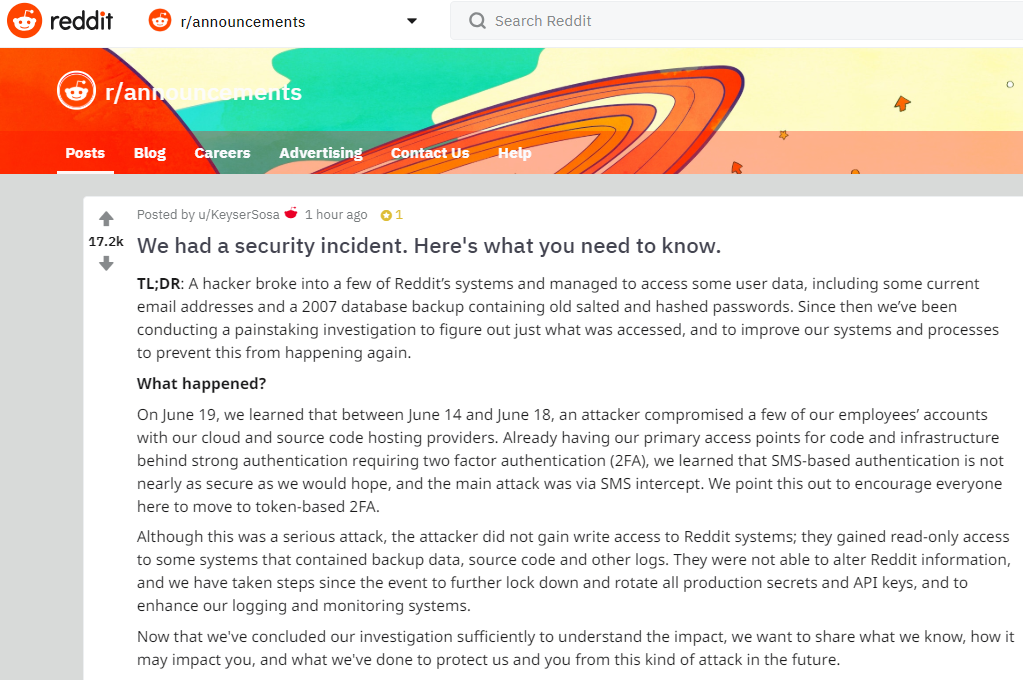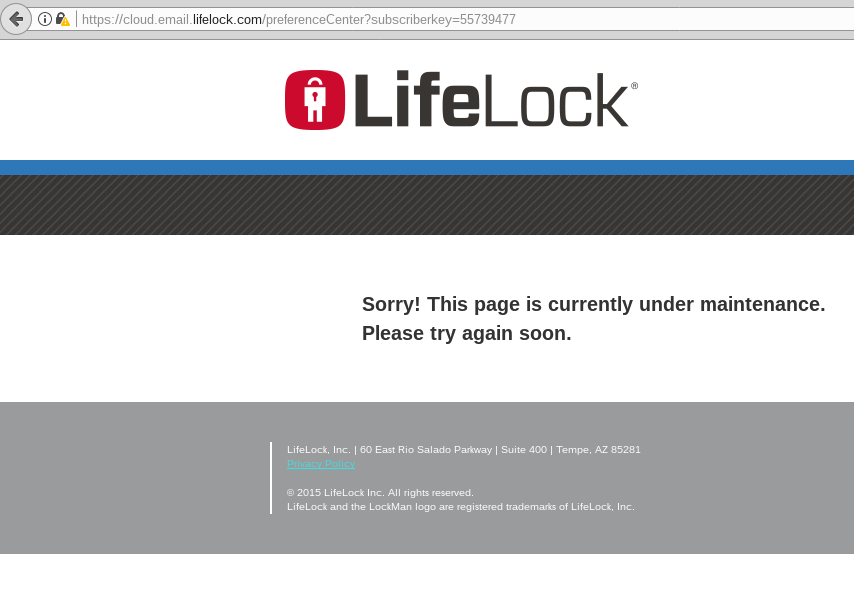The Federal Bureau of Investigation (FBI) is warning banks that cybercriminals are preparing to carry out a highly choreographed, global fraud scheme known as an “ATM cash-out,” in which crooks hack a bank or payment card processor and use cloned cards at cash machines around the world to fraudulently withdraw millions of dollars in just a few hours.
 “The FBI has obtained unspecified reporting indicating cyber criminals are planning to conduct a global Automated Teller Machine (ATM) cash-out scheme in the coming days, likely associated with an unknown card issuer breach and commonly referred to as an ‘unlimited operation’,” reads a confidential alert the FBI shared with banks privately on Friday.
“The FBI has obtained unspecified reporting indicating cyber criminals are planning to conduct a global Automated Teller Machine (ATM) cash-out scheme in the coming days, likely associated with an unknown card issuer breach and commonly referred to as an ‘unlimited operation’,” reads a confidential alert the FBI shared with banks privately on Friday.
The FBI said unlimited operations compromise a financial institution or payment card processor with malware to access bank customer card information and exploit network access, enabling large scale theft of funds from ATMs.
“Historic compromises have included small-to-medium size financial institutions, likely due to less robust implementation of cyber security controls, budgets, or third-party vendor vulnerabilities,” the alert continues. “The FBI expects the ubiquity of this activity to continue or possibly increase in the near future.”
Organized cybercrime gangs that coordinate unlimited attacks typically do so by hacking or phishing their way into a bank or payment card processor. Just prior to executing on ATM cashouts, the intruders will remove many fraud controls at the financial institution, such as maximum ATM withdrawal amounts and any limits on the number of customer ATM transactions daily.
The perpetrators also alter account balances and security measures to make an unlimited amount of money available at the time of the transactions, allowing for large amounts of cash to be quickly removed from the ATM.
“The cyber criminals typically create fraudulent copies of legitimate cards by sending stolen card data to co-conspirators who imprint the data on reusable magnetic strip cards, such as gift cards purchased at retail stores,” the FBI warned. “At a pre-determined time, the co-conspirators withdraw account funds from ATMs using these cards.”
Virtually all ATM cashout operations are launched on weekends, often just after financial institutions begin closing for business on Saturday. Last month, KrebsOnSecurity broke a story about an apparent unlimited operation used to extract a total of $2.4 million from accounts at the National Bank of Blacksburg in two separate ATM cashouts between May 2016 and January 2017.
In both cases, the attackers managed to phish someone working at the Blacksburg, Virginia-based small bank. From there, the intruders compromised systems the bank used to manage credits and debits to customer accounts. Continue reading





 TCM is a subsidiary of Washington, D.C.-based ICBA Bancard Inc., which helps community banks provide a credit card option to their customers using bank-branded cards.
TCM is a subsidiary of Washington, D.C.-based ICBA Bancard Inc., which helps community banks provide a credit card option to their customers using bank-branded cards.
 In such a scenario, the attacker might configure the link to lead to an “exploit kit,” crimeware designed to be stitched into hacked or malicious sites that exploits a variety of Web-browser vulnerabilities for the purposes of installing malware of the attacker’s choosing.
In such a scenario, the attacker might configure the link to lead to an “exploit kit,” crimeware designed to be stitched into hacked or malicious sites that exploits a variety of Web-browser vulnerabilities for the purposes of installing malware of the attacker’s choosing.






